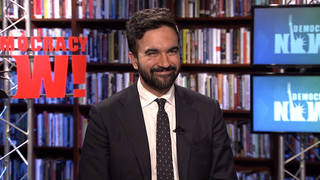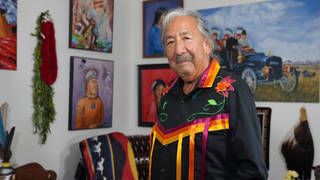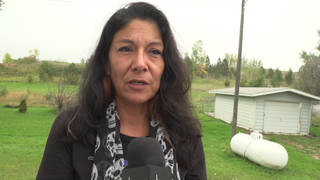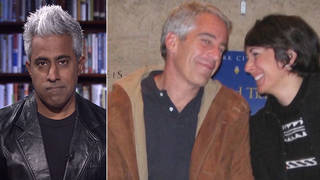
President Bush and Mexican President Vicente Fox met last week and Friday pledged a full, mature and equitablepartnership of prosperity, heralding a new day in their two countries’ relations.
As a first step, the presidents launched formal negotiations to develop a broad framework for addressing thecontentious issue of immigration — including a possible guest worker, or bracaro, program for temporary migrantworkers.
Their mandate, the presidents said at their summit at the Fox family ranch in central Mexico, is to create “an orderlyframework for migration that ensures humane treatment and legal security, and dignifies labor conditions.”
But the program is anything but humane or dignifying. Mexican workers will likely be allowed to work in the UnitedStates for one year only, and then will be forced back to Mexico. Because they will be under constant threat ofdeportation, workers will not be able to organize effectively for better working conditions or wages. The workers willbe forced to leave their families in Mexico, to fend for themselves. In all, the program seems more a product of theeconomic interests of employers, combined with anti-immigrant ideology, than an attempt to create a humane frameworkfor migration.
Today we will look at how the bracero worker program between the United States and Mexico would work and how suchprograms have worked in the past. But we will also look to Israel and South Africa, two countries which have gainedinternational notoriety for their exploitation of migrant labor.
Guests:
- David Bacon, labor journalist, photographer, and radio producer at Pacifica Station KPFK in Berkeley,California
- Sarah Roy, research associate at the Center for Middle Eastern Studies at Harvard, author of ??The GazaStrip: The Political Economy of De-Development.
- Anne Mager, Professor of History at the University of Cape Town and long-time ANC activist; author of??Gender and the Making of the South African Bantustans.
??
????
????
????
??











Media Options